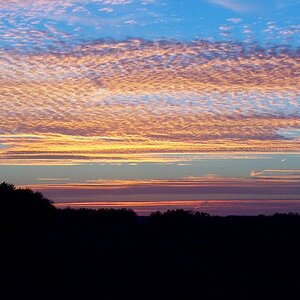Psytrox
TPF Noob!
- Joined
- May 29, 2011
- Messages
- 150
- Reaction score
- 15
- Location
- Norway
- Can others edit my Photos
- Photos OK to edit
Hello,
I'm looking to focus my direction of photography more towards creating time lapse, both landscape and astro.
So this is, with this in mind, I'm looking for some advice on filters. Which filters are a must, and which are reccomended (polar, ND, UV etc)?
How are LEE filters compared to the normal filters? Pro's/Cons?
The lenses I have, is:
Nikkor 10-24mm, f3,5-4,5
Nikkor 50 mm f1,8
Nikkor 70-200mm f2,8 (which naturally will never be used for landscap, but should prob have one for it anyway)
I've been looking at the B +W (the brand) ones, but I think they could be kind of out of my price range, especially if i need a lot of them... All in all, I don't really want to spend more than 250 USD on filters.
edit: clarification
I'm looking to focus my direction of photography more towards creating time lapse, both landscape and astro.
So this is, with this in mind, I'm looking for some advice on filters. Which filters are a must, and which are reccomended (polar, ND, UV etc)?
How are LEE filters compared to the normal filters? Pro's/Cons?
The lenses I have, is:
Nikkor 10-24mm, f3,5-4,5
Nikkor 50 mm f1,8
Nikkor 70-200mm f2,8 (which naturally will never be used for landscap, but should prob have one for it anyway)
I've been looking at the B +W (the brand) ones, but I think they could be kind of out of my price range, especially if i need a lot of them... All in all, I don't really want to spend more than 250 USD on filters.
edit: clarification
Last edited:


![[No title]](/data/xfmg/thumbnail/42/42275-2ca41f93a172e2e510afb46912a2bb61.jpg?1619740084)
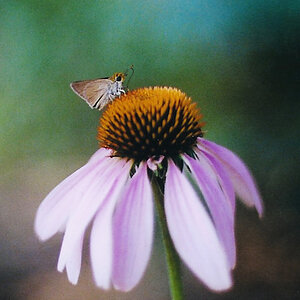

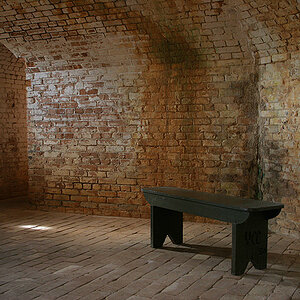
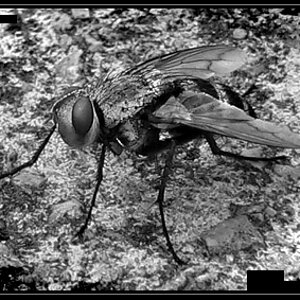
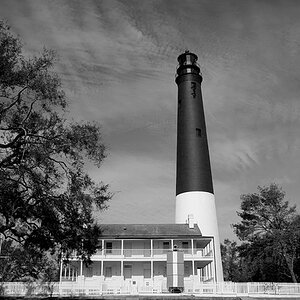
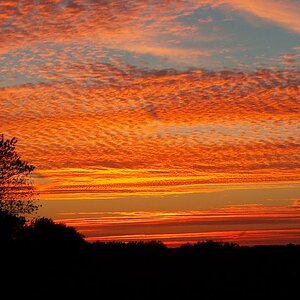
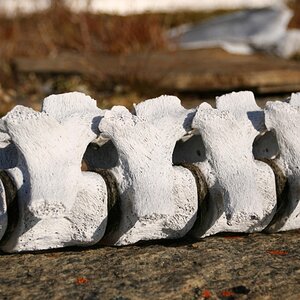
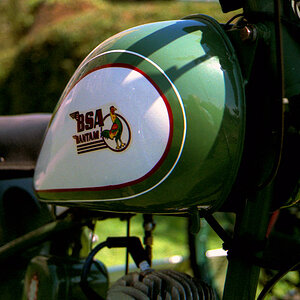
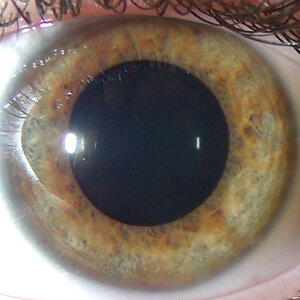
![[No title]](/data/xfmg/thumbnail/42/42276-99df5da06c3e5dc83ae4bab11e935910.jpg?1619740085)
